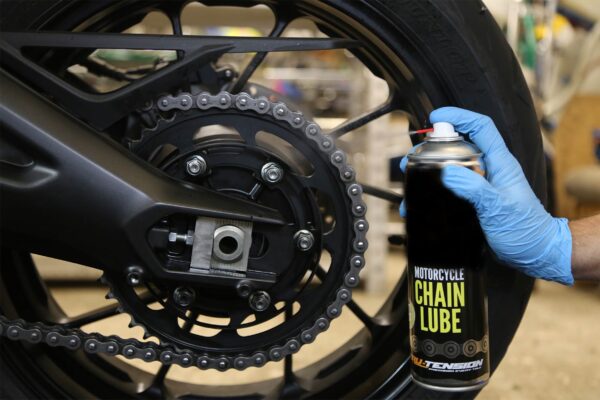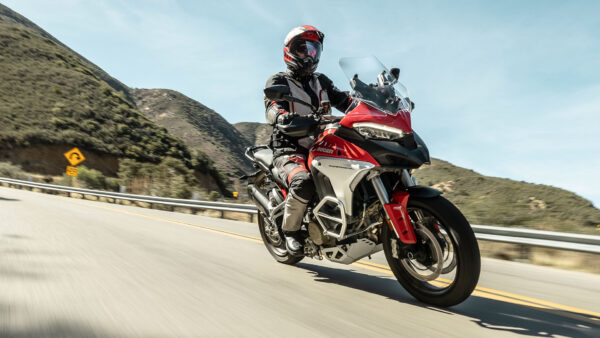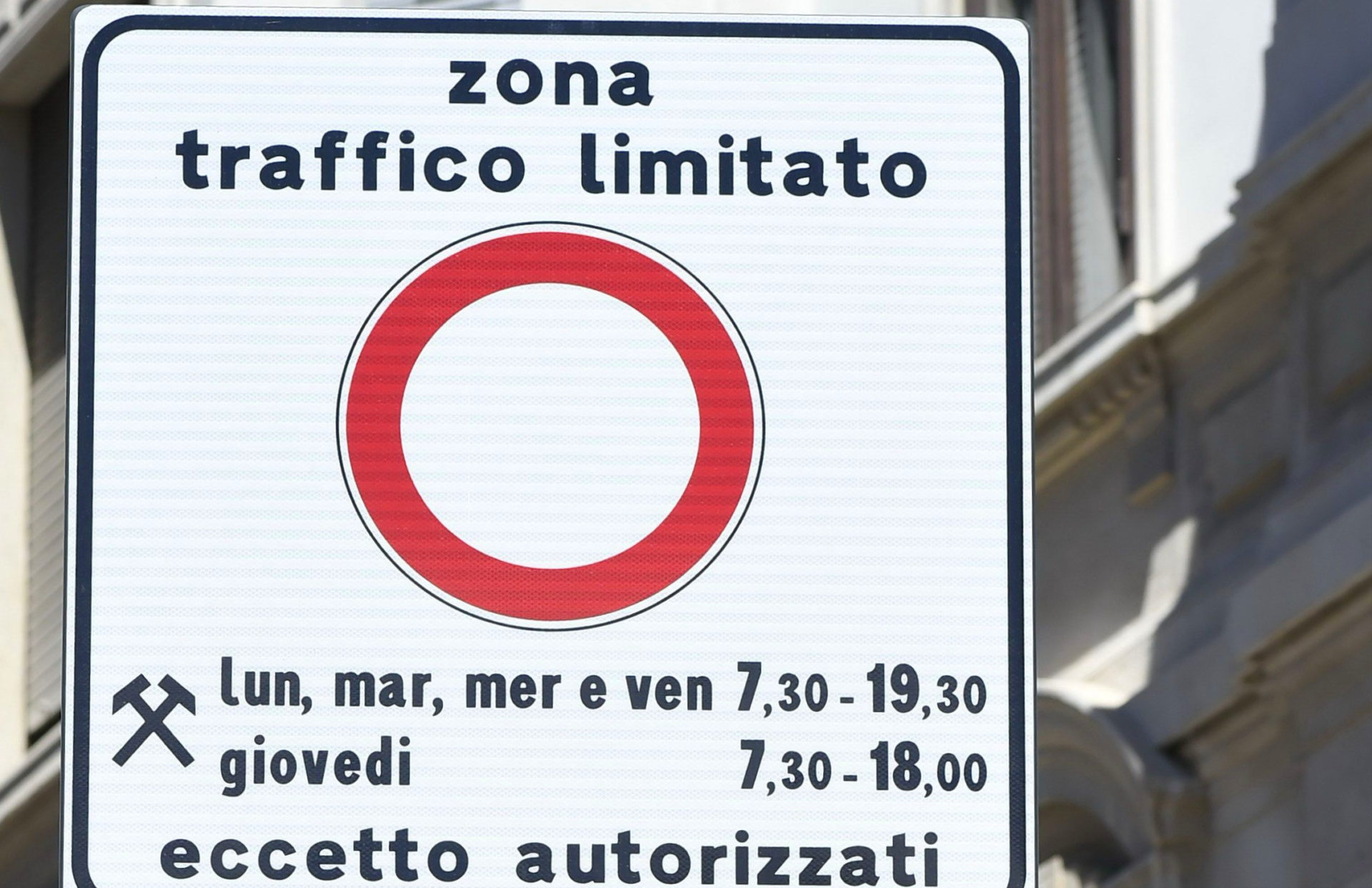
Understanding ZTL (Zona a Traffico Limitato) and Similar Road Restrictions in Italy: A Guide for Motorcycle Riders
Italy is known for its historic cities, narrow cobblestone streets, and charming alleyways. While exploring on foot is ideal, many tourists choose to rent motorcycles or scooters to navigate the beautiful Italian cities. However, driving in Italy, especially in cities like Florence, requires an understanding of specific traffic restrictions such as the ZTL (Zona a Traffico Limitato), pedestrian areas, and bus lanes. Here's an overview of what these terms mean and how to navigate them if you're renting a motorcycle in Florence and other Italian cities.
What is ZTL (Zona a Traffico Limitato)?
ZTL zones are restricted areas in many Italian cities designed to reduce traffic congestion, protect historic centers, and improve air quality. Access to these zones is typically limited to residents, local businesses, public transportation, and authorized vehicles. Violating ZTL rules can result in hefty fines, often captured by automatic cameras at the entry points.
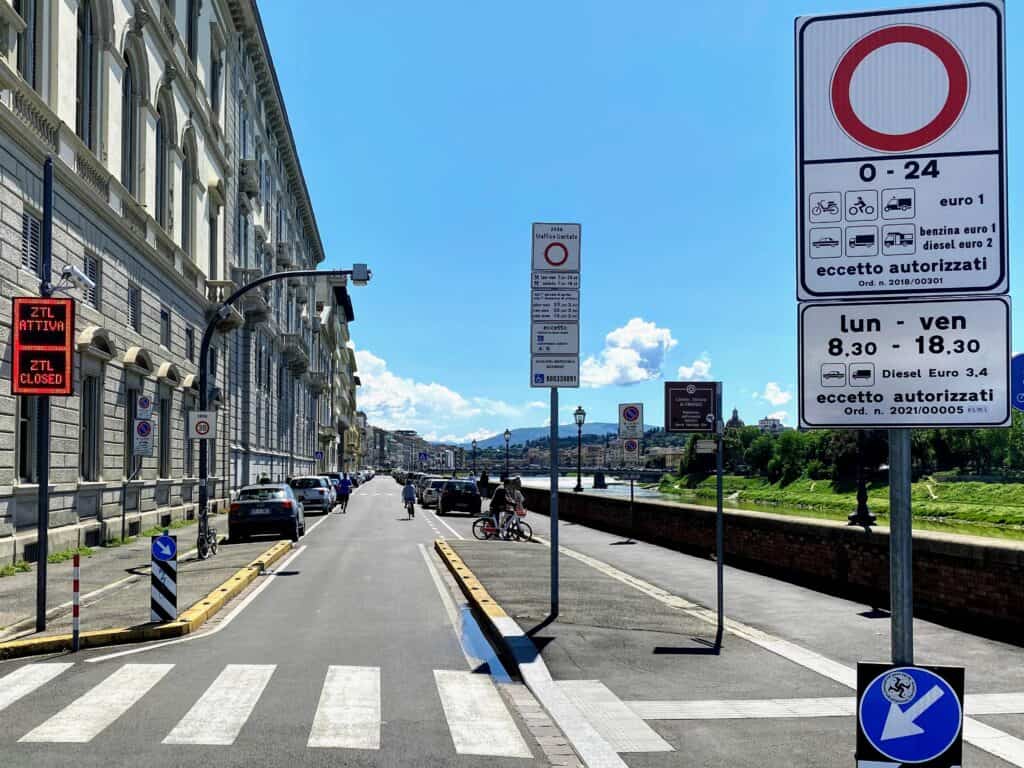
How Does the ZTL Work?
- Signs and Markings: ZTL zones are marked by signs indicating restricted access. These signs will usually display the hours during which the zone is restricted, the vehicle categories allowed, and exceptions like taxis and buses.
- Hours of Operation: ZTL restrictions usually apply during specific hours of the day, often between the morning and late evening. For instance, in Florence, the ZTL is generally enforced from 7:30 AM to 8:00 PM, though the exact timing can vary depending on the zone and the time of year.
- Cameras: ZTL zones are monitored by cameras that automatically detect license plates. If your vehicle is not authorized, the system records the infraction, and a fine is sent to the vehicle's registered address, including to rental agencies.
- Permits: Some exceptions apply to those with special permits. Residents, emergency vehicles, delivery vehicles, and others with prior authorization may enter the ZTL legally. Tourists can sometimes apply for temporary permits through their hotels or rental companies, but these are limited and often difficult to obtain.
ZTL in Florence
Florence has a very well-defined ZTL system, particularly because of its UNESCO World Heritage-listed historic center. Florence’s ZTL is divided into several sectors, and the main purpose is to protect areas like the Piazza del Duomo, Piazza della Signoria, and the Ponte Vecchio from excessive traffic. Here's what you need to know:
- Motorcycles and Scooters: In Florence, motorcycles and scooters are generally allowed in the ZTL, but they must adhere to the rules concerning timing and specific roads. However, this does not mean unrestricted access. Certain areas may still be restricted even for two-wheeled vehicles.
- Nighttime Access: In some ZTLs, access is relaxed during the evening or at night. In Florence, for example, ZTL restrictions are often lifted after 8:00 PM, making it easier to move around the city center during the evening.
- Pedestrian Zones: There are areas within the ZTL where vehicles, including motorcycles, are strictly prohibited, even if you have access to the general ZTL zone. These include popular tourist areas and streets converted into pedestrian-only areas.
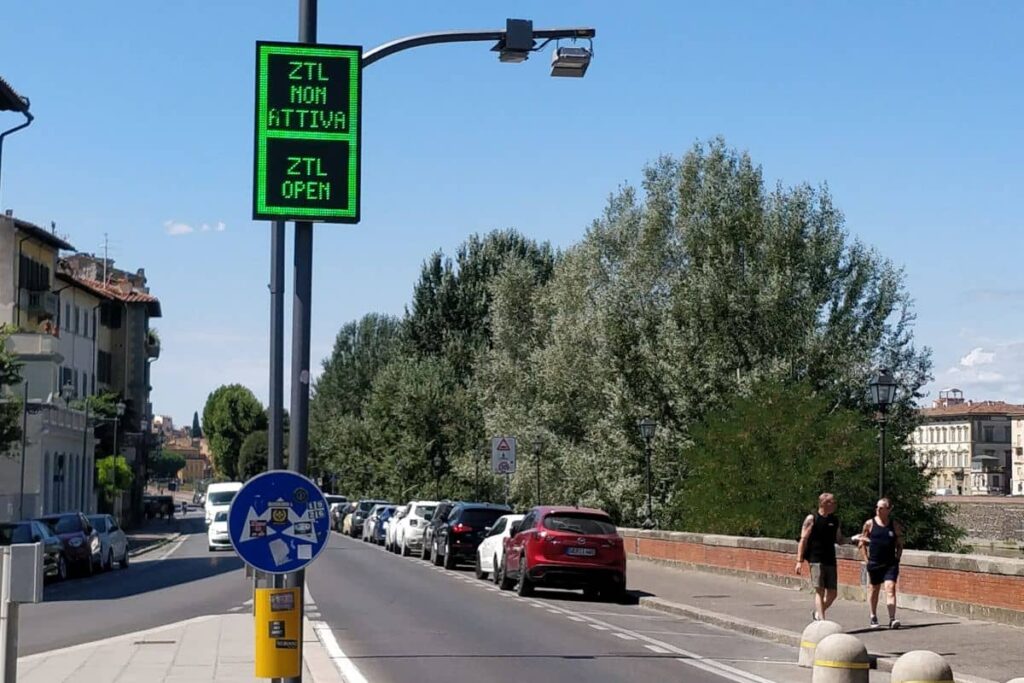
Pedestrian Areas
In most cities, particularly in places like Florence, Rome, and Venice, many streets are reserved exclusively for pedestrians. These areas are designed to ensure a safer and more enjoyable experience for walkers, often situated around major landmarks, shopping districts, or historic centers.
- Strict Restrictions: Pedestrian zones are strictly off-limits to all motorized vehicles, including scooters and motorcycles. These areas are usually cordoned off with bollards, barriers, or clear signage.
- Tourist Spots: Major tourist attractions are often within pedestrian zones. In Florence, areas like the Piazza del Duomo and Piazza della Repubblica are primarily pedestrianized, so even though you might be able to ride close by, you will need to park your motorcycle outside the restricted area and proceed on foot.
- Hours of Operation: Some pedestrian zones have time restrictions similar to ZTLs, allowing limited access during certain hours (e.g., early morning for deliveries). However, this is uncommon, and most pedestrian zones are off-limits 24/7.
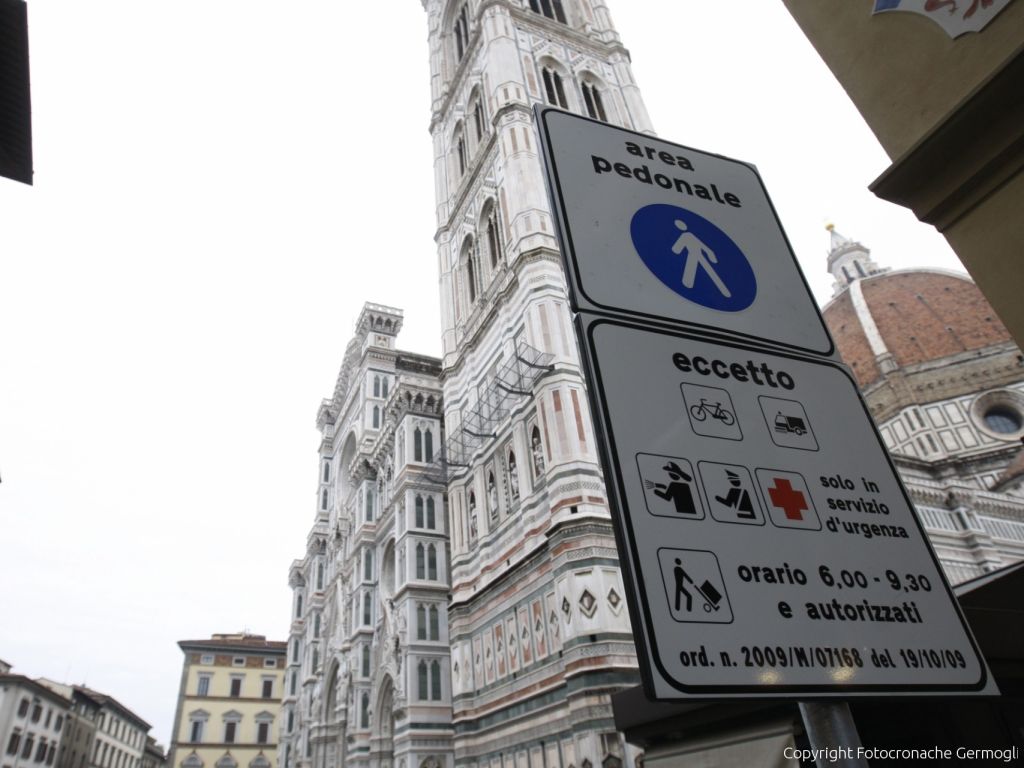
Bus Lanes
Bus lanes, also called corsie preferenziali, are designated for public transportation vehicles such as buses and taxis, and sometimes for bicycles. They are marked clearly on the roads, often with signs and painted lines.
- Exclusive Use: These lanes are generally reserved for buses, taxis, and emergency vehicles during specified times of the day. Motorcycle and scooter riders are not allowed to use these lanes, even if traffic is heavy on the main road.
- Enforcement: Like ZTL zones, bus lanes are often monitored by cameras, and violations can lead to fines. Even if you're unfamiliar with the city layout, it’s essential to respect the signs, as fines can add up quickly.
- Exceptions: Some bus lanes allow motorcycles and scooters during certain hours, but these cases are rare. Always check the signage carefully before using these lanes.
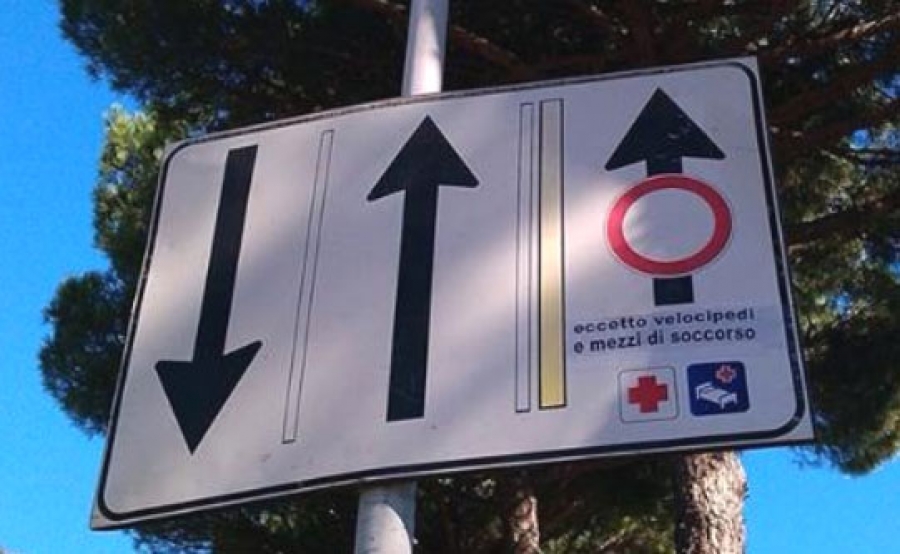
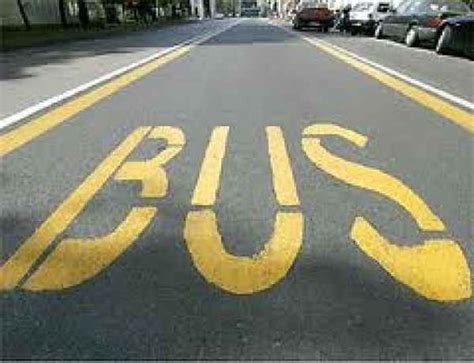
Riding a Rented Motorcycle in Italy
If you’ve rented a motorcycle in Italy, here’s how to ensure you stay on the right side of the law:
Navigation Apps: Use a GPS or navigation app that is specifically designed for use in Italy. Some navigation apps (like Google Maps or Waze) offer settings that take ZTL and other road restrictions into account. You can also check city-specific apps for real-time information on traffic and restrictions.
Check with the Rental Company: When you rent a motorcycle, ask the rental company about ZTL regulations, pedestrian zones, and whether the vehicle is registered in the ZTL system (some rental agencies may have agreements for limited access).
Parking: Even if you're allowed to ride in the ZTL, finding parking can be challenging. Florence and other cities have designated parking spots for motorcycles, often located on the outskirts of pedestrian zones. Avoid parking in unauthorized areas, as this can also result in fines.
Watch for Local Rules: Each city has its own ZTL rules, hours of operation, and pedestrian zone policies. Be sure to familiarize yourself with the local regulations before heading out. For example, while ZTL rules are quite strict in Florence, other cities like Milan, Bologna, or Rome may have slightly different regulations.
Tips for Safe and Legal Riding
Stay informed about temporary changes: Cities occasionally adjust ZTL restrictions during festivals, holidays, or other events. Be sure to check local news or tourist information services for updates.
Always read the road signs carefully: Many streets have complex regulations that change by the hour.
Avoid peak traffic times: In cities like Florence, traffic can be dense during the day. Evening hours tend to be more relaxed, and ZTL restrictions are often lifted at night.
Follow others: if you see scooters and bikes entering the area chances are you can enter, if in doubt or if you don’t see other 2 wheels vehicles entering then don’t.
Conclusion
Italy’s ZTL zones, pedestrian areas, and bus lanes are part of a comprehensive effort to protect the country's historic city centers and improve the quality of life for both residents and tourists. While these restrictions may seem challenging at first, understanding the rules will help you enjoy your ride on a rented motorcycle in Florence and other Italian cities without worrying about fines. With proper planning and awareness, you can navigate these beautiful cities efficiently and legally, ensuring that your experience is memorable for the right reasons.
